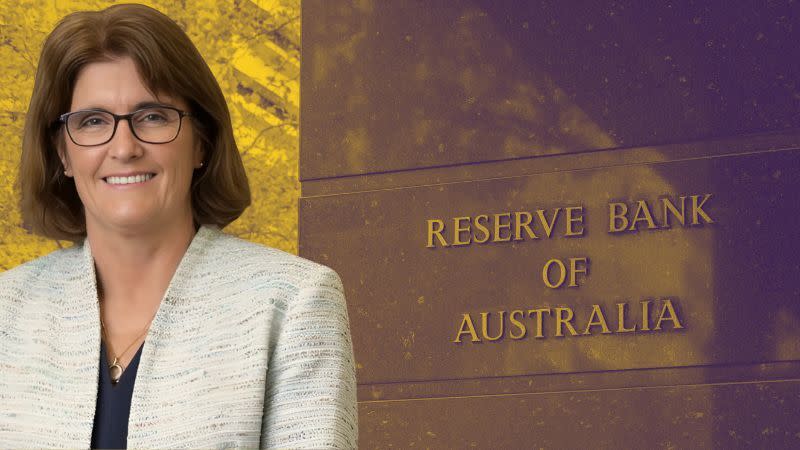RBA Surprises Market with Decision to Hold Rates

The Reserve Bank of Australia surprised financial markets and held the cash rate at 3.85 per cent, defying widespread expectations of a third cut.
The decision came despite inflation falling to 2.1 per cent and trimmed mean inflation of 2.4 per cent.
Just 12 per cent of surveyed experts correctly predicted the hold.
The RBA board voted 6-3 in favour of maintaining rates, citing the need for “a little more information” before confirming inflation remains on track to reach 2.5 per cent sustainably.
Industry speculation that Trump tariffs were to blame for the rate hold was backed up by the RBA’s statement, which said global uncertainty had been a key factor.
“While the final scope of US tariffs and policy responses in other countries remains unknown, financial market prices have rebounded with an expectation that the most extreme outcomes are likely to be avoided,” the board statement said.
“Trade policy developments are nevertheless still expected to have an adverse effect on global economic activity, and there remains a risk that households and firms delay expenditure pending greater clarity on the outlook.”
Industry figures expressed frustration with the decision’s impact on housing supply targets.
Villawood founder Rory Costelloe described the RBA’s approach as counterproductive to addressing Australia’s housing crisis.
“I just think it’s head in the sand. People can’t afford to buy a house and we’re falling further behind our housing targets. It’s regressive for the bank to hold the rates,” Costelloe told The Urban Developer.
Costelloe said maintaining higher rates continued to price out potential buyers.
“People are still relying on either higher income and bank of mum and dad to get into these houses, because they just can’t afford it,” he said.
The rate hold creates a double whammy for homebuyers who must also still navigate home loan buffer rates of 3 per cent, Costelloe said.
He said that if the RBA could not lower interest rates, banking regulators should consider reducing the buffer requirement.
“I think it would be quite useful that they should bring it back to 2.5 per cent. That’s a very non-inflationary way to increase people’s repayment capacity,” he said.

Property market momentum continues despite the rate pause, with national house prices rising 3.2 per cent since the start of 2025, adding approximately $26,000 to median home values.
Perth leads growth with 1.3 per cent monthly increases, while Melbourne and Sydney show renewed vigour at 0.5 per cent monthly growth.
The decision drew criticism from economists who argued conditions warranted a cut.
REA Group senior economist Anne Flaherty said the decision may slow price growth momentum seen following February and May cuts.
“For many, affordability constraints continue to weigh heavily, as many households grapple with stretched budgets,” Flaherty said.
Harry Murphy Cruise from Oxford Economics Australia said the RBA should have acted, preferring to “see momentum build in the economy ahead of a potential storm than risk being caught flat-footed if conditions sour”.
BDO Economics partner Anders Magnusson said the restrictive cash rate would slow economic growth, expecting three cuts by the end of 2026 to return to neutral monetary policy stance.
Markets continue pricing in three rate cuts before year’s end, suggesting the pause may prove temporary rather than a directional change.
Cotality head of research Eliza Owen described an August cut as “almost certain” given falling inflation and weak retail sales data.
Federal Treasurer Jim Chalmers acknowledged the disappointment surrounding the decision.
“This is not the outcome that millions of Australians were hoping for, or the outcome that economists or the market were expecting,” he said, but reiterated that the RBA’s decision to hold rates was made independently.
“I don’t second guess decisions taken independently by the Reserve Bank. I think it’s a good thing the governor has the opportunity later on today to run the country through the board’s thinking.”














